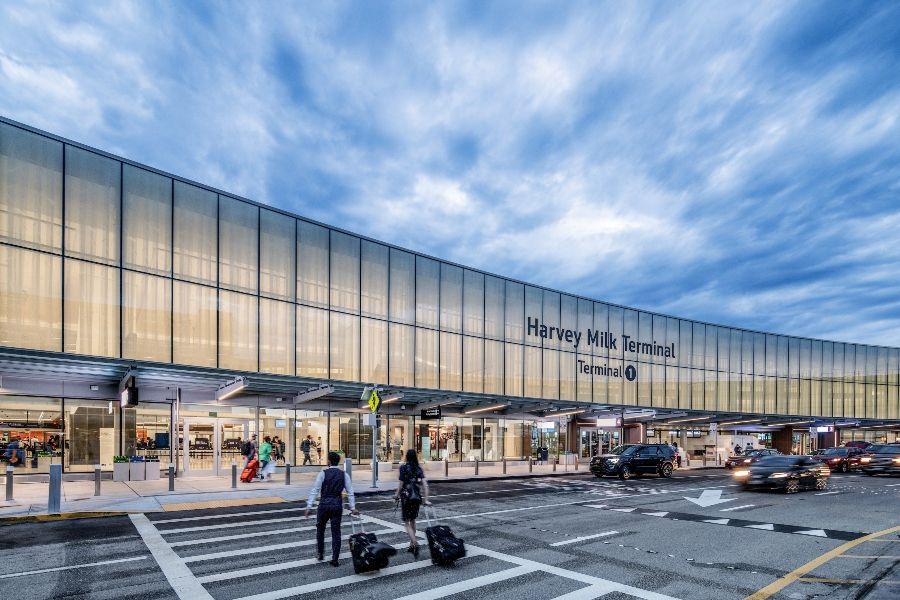Celebrating their 1000th hotel opening in the EMEA region, Marriott has opened The Westin London City on the banks of the River Thames. This latest opening also marks Westin’s debut in the United Kingdom, bringing the wellness hotel brand’s signature approach to wellbeing to city residents through its luxurious amenities, including a resplendent spa, relaxing hot tubes and a state-of-the-art fitness center.
The design by Dexter Moren helps define the location apart from traditional business hotels by pulling from the riverside views, as well as the location’s extended history. These make their way into the presentation through sophisticated and minimalist touches. Modern artwork laid throughout the building is carefully curated to further contribute to these themes, while the paper sculpture installation in the main lobby area wraps visitors in its impressive, flowing designs overhead.

A flowing paper sculpture hangs over the main lobby, reminiscent of the Thames’s flowing waters.
The core focus of the hotel, however, is that of wellness. Pulling from the brand’s signature six pillars of wellbeing—Sleep Well, Eat Well, Move Well, Feel Well, Work Well and Play Well—the Westin offers a variety of lifestyle experiences through its spaces and programming.
Described as “a space for silence, separation from technology and personal reflection” by the company, the spa comes replete with six treatment rooms and a substantial indoor pool for exercise and lounging. The fitness studio, meanwhile, features TRX exercise equipment, as well as Peloton bikes. Guests are further encouraged to explore the local surroundings through the RunWESTIN program, which offers specially crafted running routes around the area.
The food and drink options also lean towards a healthier focus. With Executive Chef Jorge Colazo overseeing the British fare throughout the hotel, guests can choose from a select Eat Well menu, which offers sustainably sourced dishes pulled from the location surroundings.

Classy bar areas give guests a chance to relax while sampling some of the sustainably-sourced food options alongside an extensive list of wines.
Other offerings at the hotel include the gourmet Hithe & Seek bar, which overlooks the historic Queenhithe location. Dating back to 886, the site was where Alfred the Great arrived to help rebuild London after its abandonment by the Romans. Today, it is home to the oldest Anglo-Saxxon pier in the region.






